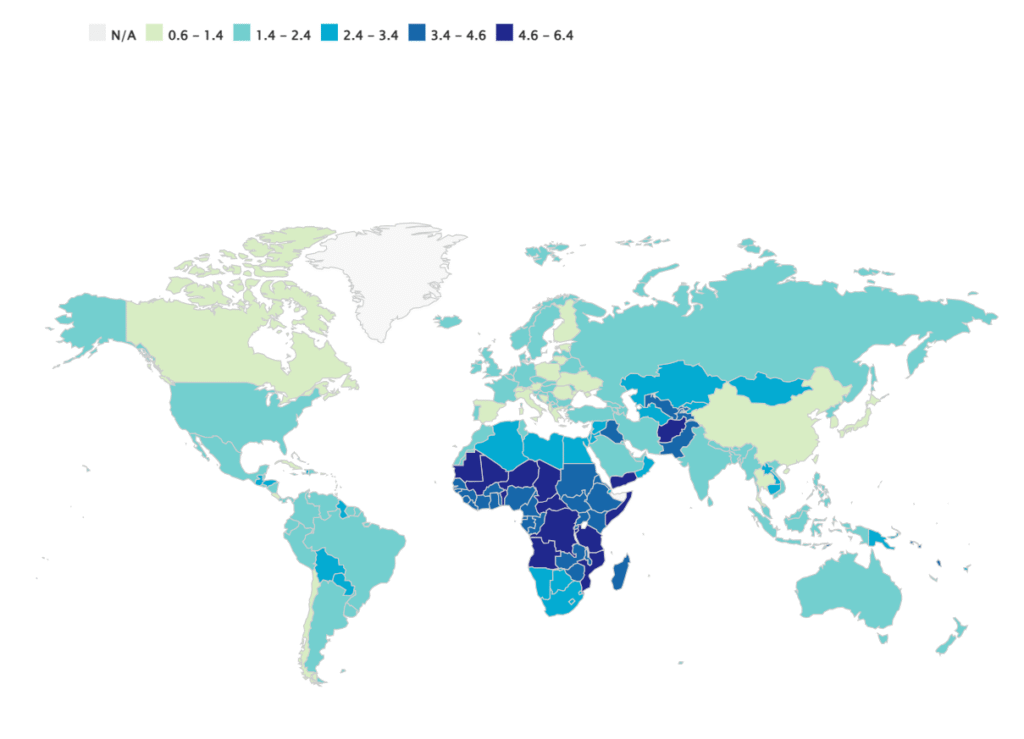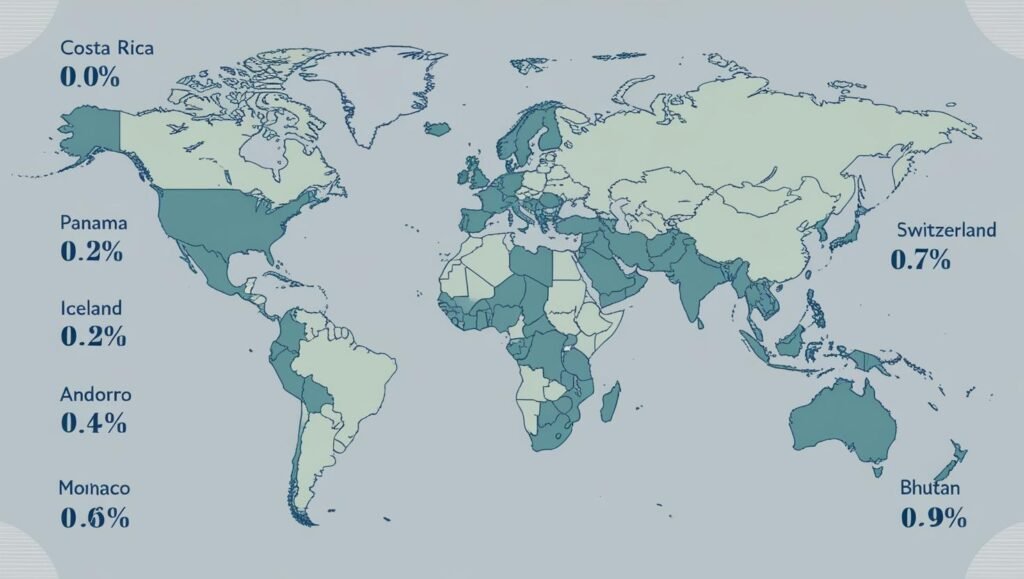The military forces of India and Pakistan have often been compared due to their shared history and ongoing tensions. However, recent developments have highlighted a stark contrast—not just in firepower, but in professionalism, strategy, and communication.

A recent statement by Pakistan’s Defence Minister Khawaja Asif raised eyebrows internationally. When asked to provide evidence of the destruction of Indian missiles and aircraft, he casually responded, “It’s all over social media. On Indian social media, not on our social media.” Such vague and contradictory statements undermine the credibility of Pakistan’s military claims. In another puzzling remark, Asif stated that Pakistani forces “didn’t intercept Indian drones because we didn’t want to reveal our locations.” These unclear and evasive responses have done little to inspire confidence or project operational transparency.
In contrast, the Indian Armed Forces have demonstrated a clear and calculated approach. Following Pakistan’s deliberate targeting of Indian air bases, the Indian military launched a precise and swift retaliatory strike. Indian forces shared concrete details, including targeted locations such as Rafiqui, Murid, Chaklala, Rahim Yar Khan, Sukkur, and Chunian. Colonel Sofiya Qureshi explained that India used air-launched precision ammunition and fighter jets to strike Pakistan’s command centers, radar sites, and arms depots.
What sets India apart is not only its strategic planning but also its transparency. The Indian military publicly shared satellite images and visuals showing the “before and after” of targeted sites, reinforcing the credibility of their operations. This clear evidence-based communication contrasts sharply with Pakistan’s unverified claims based on social media chatter.
While both nations maintain significant military capabilities, India’s professionalism, data-backed operations, and clarity in public communication reflect a modern, credible force. Pakistan, on the other hand, continues to struggle with inconsistent narratives and unverified claims, damaging both domestic trust and international perception.



